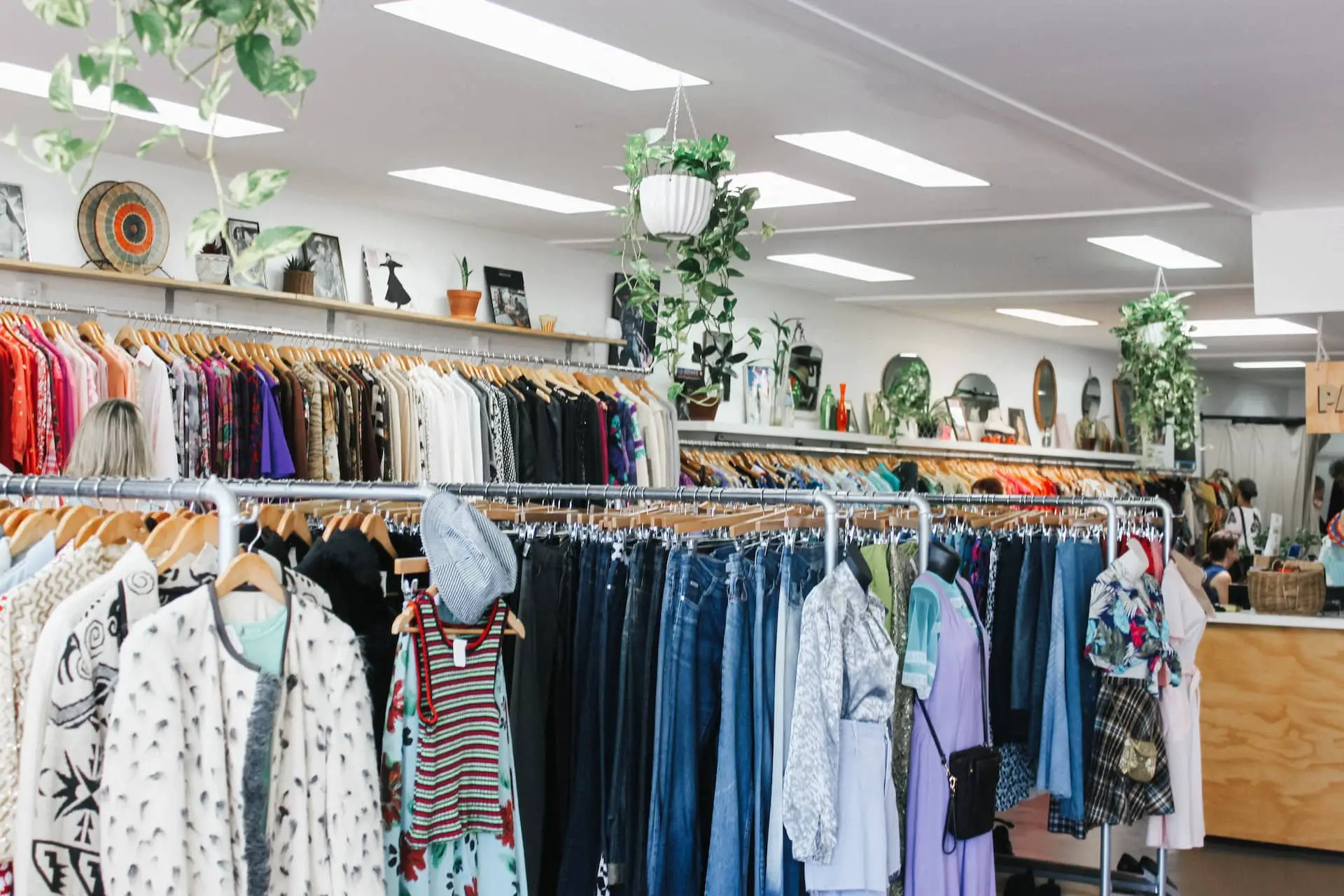Every year 350,000 tonnes of clothing goes to landfill in the UK.
That’s around £140 million worth of used but still wearable clothing.
The Isle of Wight council and waste partners Amey have teamed up to tackle textile waste together.
Here’s our top tips on #TacklingTextileWaste.
Reduce
- Buy less and keep clothes longer.
- Buy second hand from vintage or charity — many clothes can look new at a cheaper price.
- Invest in sustainable brands if you can.
- Stay away from fossil fuel fabrics. Nylon, polyester, acrylic and spandex are made using fossil fuels. If they end up in landfill they can take hundreds of years to decompose.
Reuse
- Re-use your textiles by selling online or by donating to a local Island charity shop.
- Get creative and repurpose old clothes into blankets, cushion covers or handbags.
- Textiles made solely of natural fibres (for example, cotton or wool) can be added to your compost. Cut into small pieces, and add them gradually.
- Soft textiles can be used to line a dog or cat bed.
Recycle
Amey collect unwanted clothes and textiles on your recycling day.
The service is easy to use:
- Place unwanted textiles or clothes separately in a standard plastic shopping bag or a clear or white sack. This is so the collection crew can see it is only textiles in the bag.
- Leave the bag to the side of your recycling bin or green gull sack.
- The crew will then place the textiles in a separate collection pod on the vehicle.
What happens next?
The bag is then collected by crews separate to the rest of the recycling. This is sent away to be either re-used or recycled into new products such as mattress fillings.
Householders can also put out cushion covers, duvet covers, pillowcases and curtains out for recycling.
What not to do
The crew cannot take bulky items such as duvets, rugs, pillows or cushions.
Please do not place textiles in with your household waste. Materials in your black gull sack or bin can get caught in the sorting machinery at Forest Park and could also end up in landfill.
Textiles sent to mainland
After collection, textiles are sent to the mainland where they are separated into three groups: reuse, rags and fibre.
This process is generally done by hand. Conveyor belts and bins might also be used to help separate the different materials. Clothes that can be reused could be sent to charity shops, for resale or made into something new like a mattress.
How natural textiles are recycled
Natural textiles that are identified for recycling are sorted by colour and material. By sorting into colours, the need for re-dying can be eliminated, which reduces the need for polluting chemicals.
Textiles are then pulled into fibres or shredded. Depending on the end use of the yarn, other fibres may be added into the mix. The yarn is then cleaned and spun. Then the yarn is re-spun, ready for subsequent use in weaving or knitting.
How synthetic textiles are recycled
The recycling process works differently for polyester-based materials. Zippers and buttons are removed, and the fabrics are cut into smaller pieces.
The shredded fabrics are granulated and shaped into pellets. These are then melted and used to create fibres which can be used to make new polyester fabrics.
News shared by Isle of Wight council press office, in their own words. Ed
Image: prudence earl under CC BY 2.0




